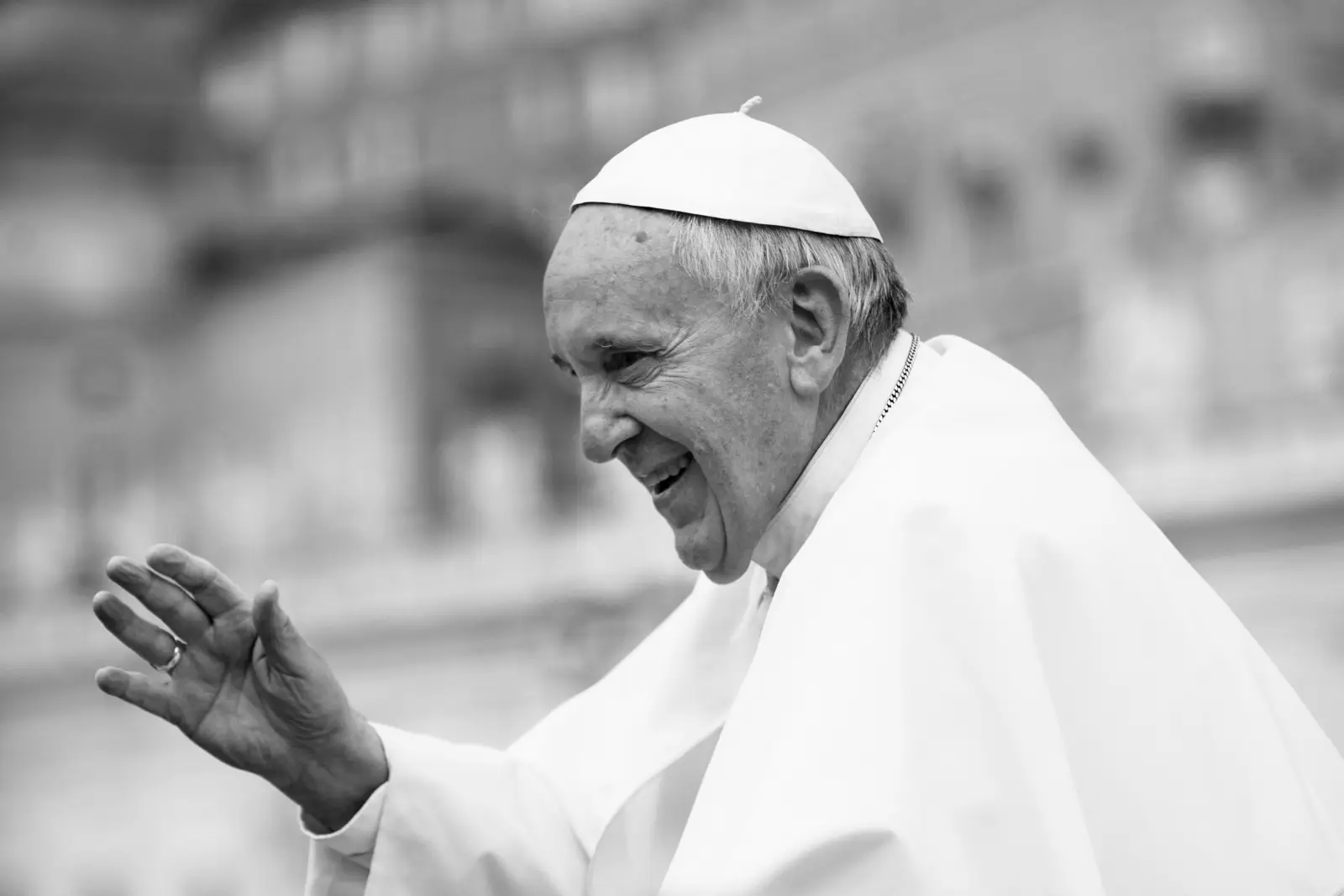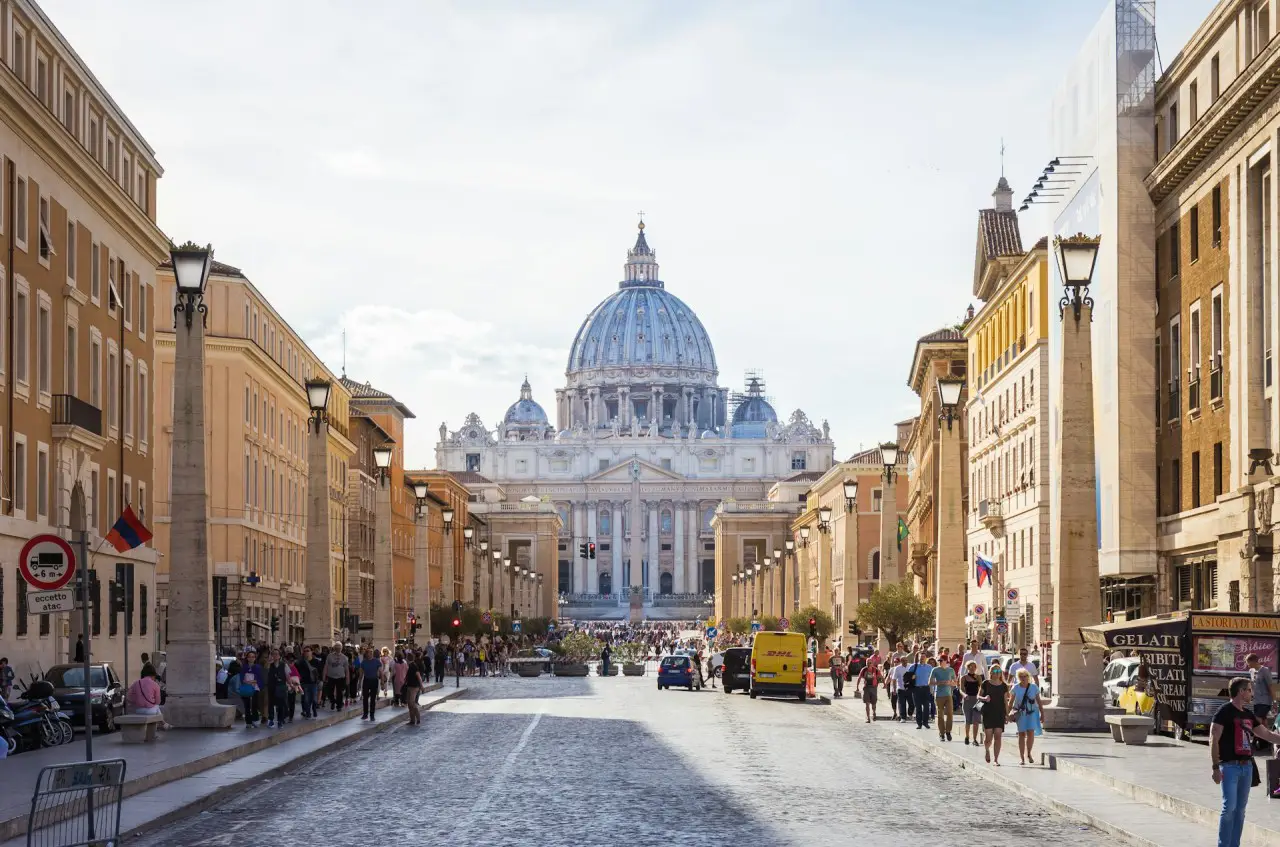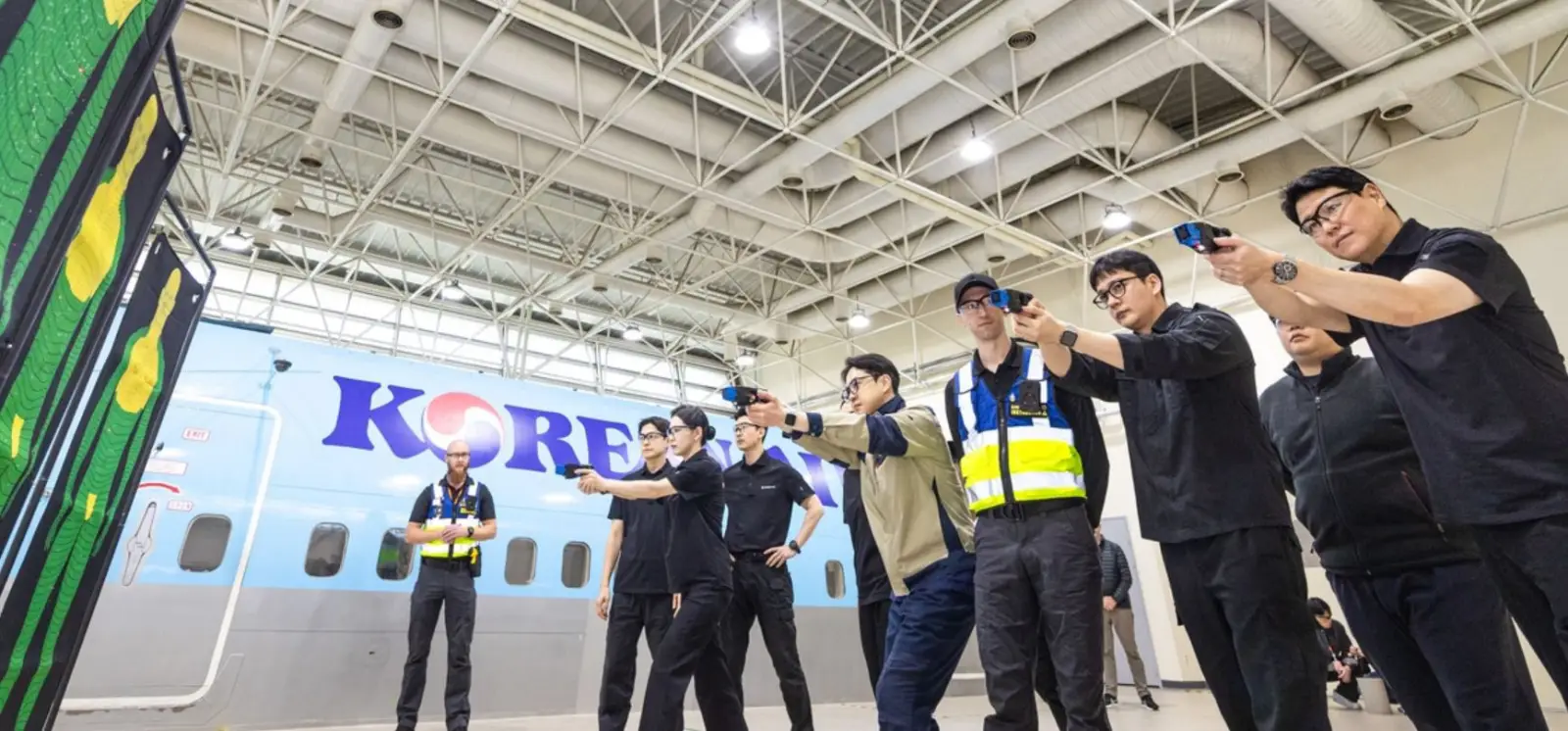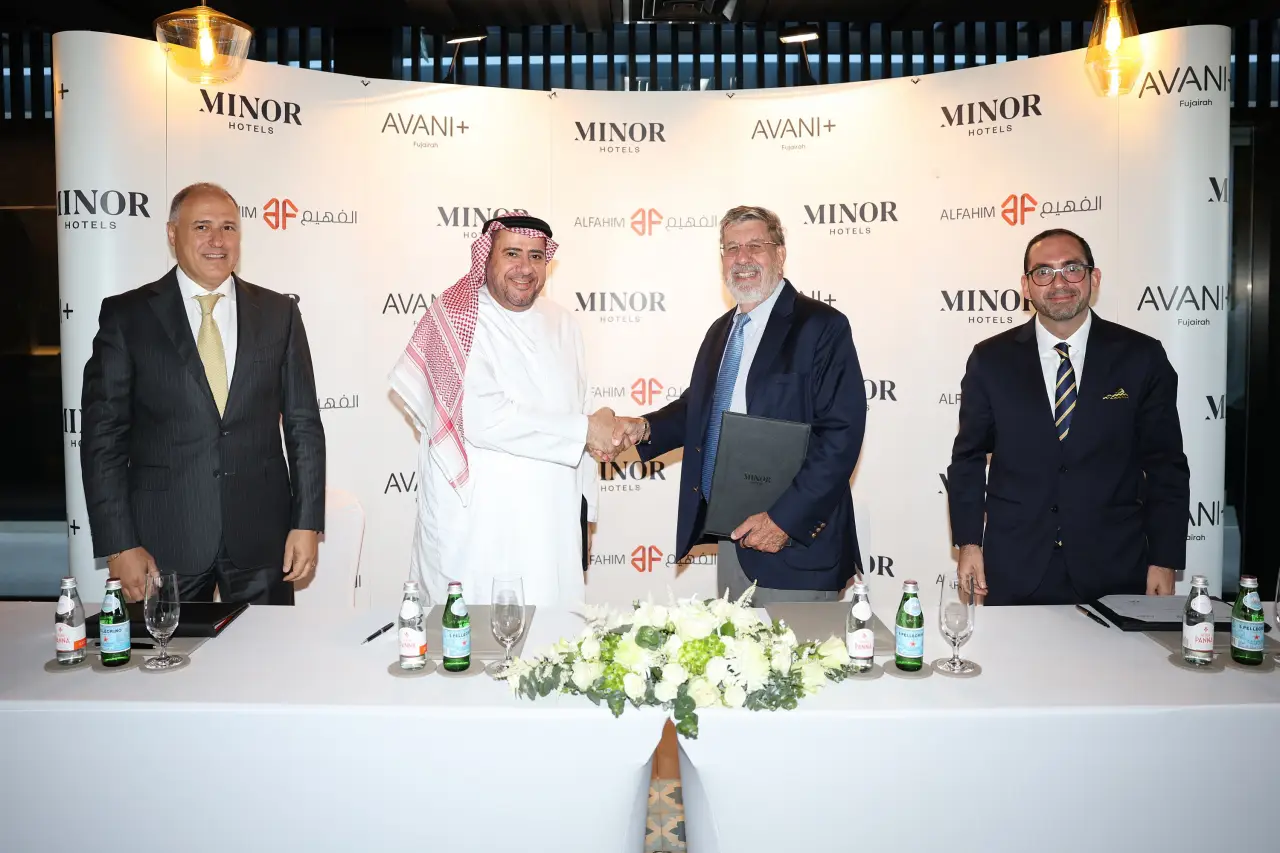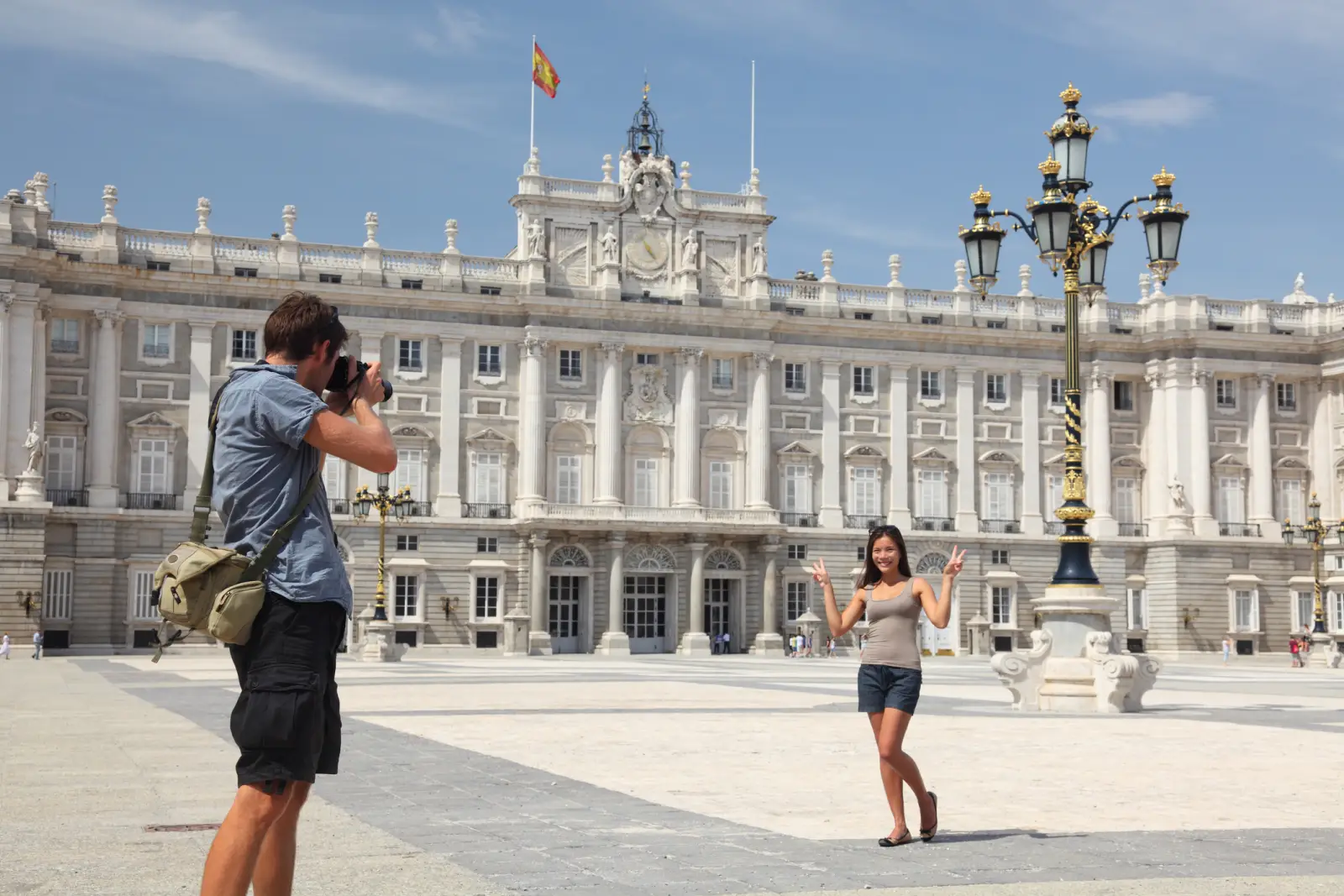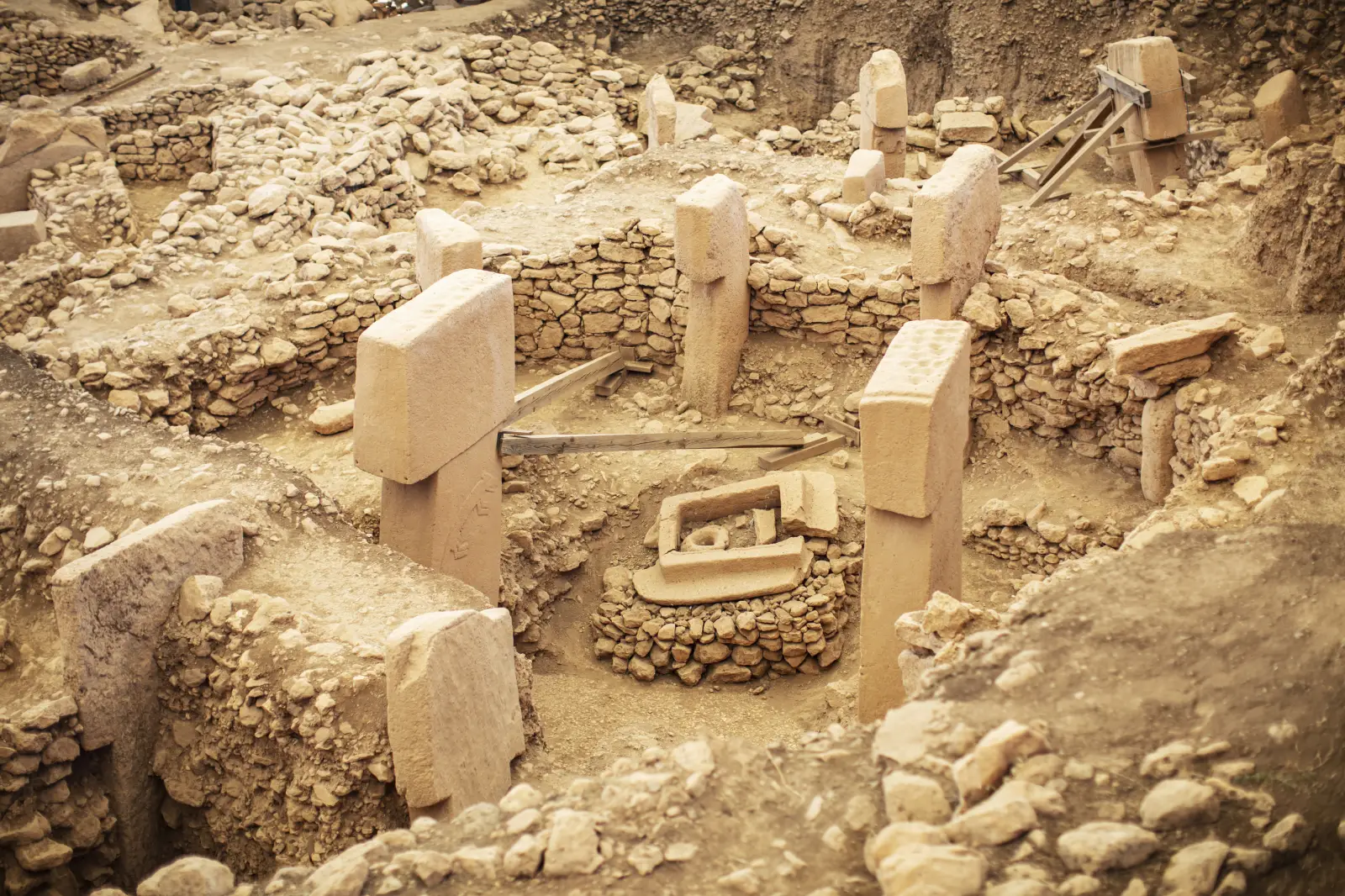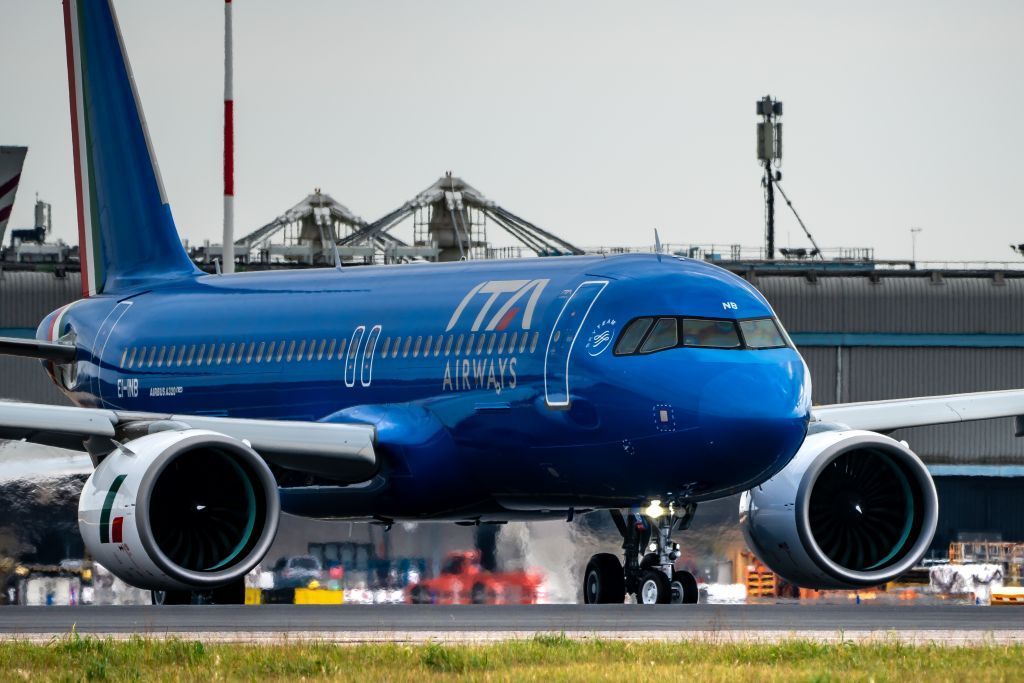Rome tourism soars as Pope Francis’ funeral draws global attention, turning the Eternal City into the focal point of spiritual mourning and high-level diplomacy. As thousands of pilgrims, dignitaries, and government representatives descend upon the Italian capital, the city is witnessing one of the most intense travel booms in recent history.
Hotels across Rome are reporting near 100% occupancy rates, with prices surging far beyond their usual Jubilee Year highs. Travel agencies affiliated with the Fetave association confirm that demand is unprecedented. The Spanish-based Tourism Optimizer Platform (TOP) estimates a 25% spike in hotel bookings, with domestic tourism alone expected to inject nearly €50 million into Rome’s economy during the period of mourning and the upcoming conclave.
Airlines Respond to the Surge
In response to overwhelming demand, Iberia has ramped up capacity on its Madrid-Rome route. Over four days, from April 24 to April 27, the airline will operate with enhanced aircraft, offering more than 10,000 seats. Several A320 flights have been replaced by larger A321s and A330-200s, the latter with seating for up to 288 passengers. Six flights will depart Madrid daily between morning and night to accommodate the influx of travelers heading to the Vatican.
The spike in air traffic has put pressure on Rome’s airports, particularly Fiumicino. Congestion at the terminals has made it challenging to schedule additional flights or swap in larger planes, despite increased service offerings by various airlines.
A City Under Maximum Security
The Italian government has launched a comprehensive security operation ahead of Pope Francis’ funeral, scheduled for April 26 in St. Peter’s Square. More than 4,000 police officers are being deployed, alongside 2,000 Carabinieri, and additional forces from the State Police, Guardia di Finanza, and Rome’s local police. The operation includes a no-fly zone around the Vatican and parts of Rome, aerial surveillance, metal detectors, drones, and underground patrols.
Rome’s prefect Lamberto Giannini noted that the route for the Pope’s final journey—from the Vatican to the Basilica of Santa Maria Maggiore—would be public to allow citizens to pay their respects, though specifics were withheld for security reasons. River police, snipers, canine units, and anti-drone technologies have also been mobilized to protect the thousands of visitors and hundreds of high-profile dignitaries expected to attend.
Diplomatic Travel Reaches Historic Levels
The Vatican has long served as a hub for international diplomacy, and the passing of Pope Francis is no exception. His death has drawn leaders from around 170 countries, including U.S. President Donald Trump, French President Emmanuel Macron, Ukrainian President Volodymyr Zelensky, British Prime Minister Keir Starmer, and Prince William. The King and Queen of Spain are also expected among many others.
Rome’s embassies and diplomatic residences, including that of the U.S., are implementing heightened security measures to host these delegations. According to TOP, each delegation member may spend between €3,000 and €8,000 per day on accommodations, security, transportation, and protocol services—giving the city’s economy a substantial boost.
Spiritual and Symbolic Impact
The Pope’s death has not only halted Vatican diplomatic schedules but also amplified Rome’s role as a destination of immense symbolic and emotional value. As emphasized by TOP, “the funeral of Francis I will be an event of international attraction, both for the media and for delegations with symbolic or spiritual representation.”
Rome’s ability to handle such an exceptional moment is seen as a benchmark for global readiness in government and institutional travel. Hotels, luxury transport providers, intermediaries, and even public transport services have coordinated efforts to ensure seamless experiences for visitors. Authorities assert that “every detail counts” in moments like these, where logistics meet symbolism on a global stage.
While the Vatican awaits the election of a new Pontiff, international diplomatic activity has entered a transitional phase. Until the new Pope is installed and resumes formal engagements, travel to the Holy See will remain largely ceremonial, centered around this singular historical moment. Rome, once again, stands at the crossroads of faith, politics, and global attention.

